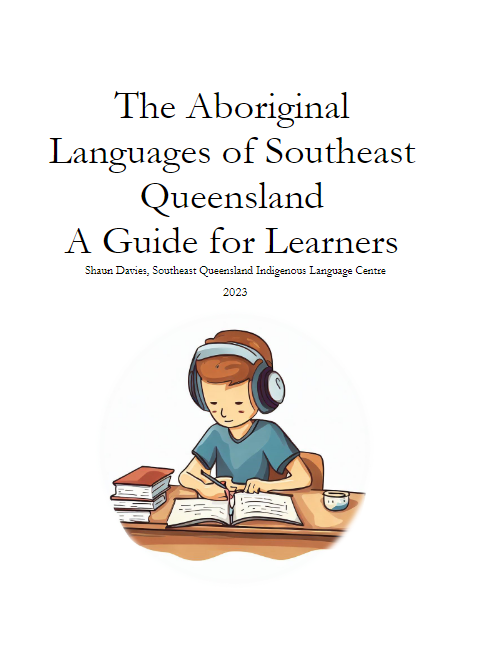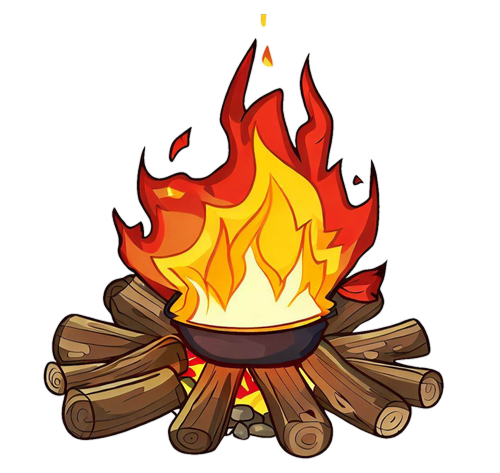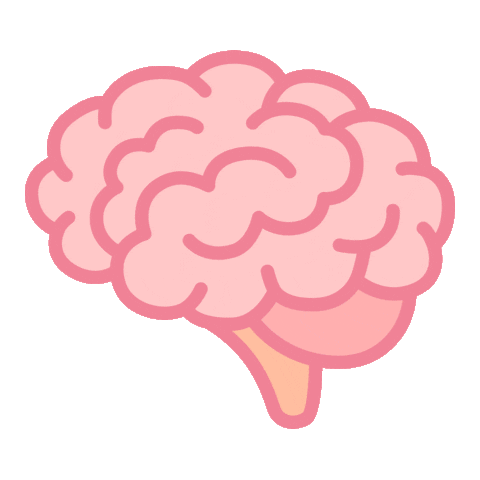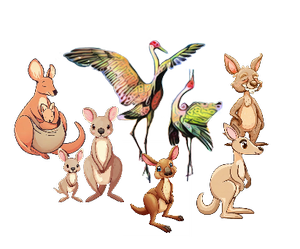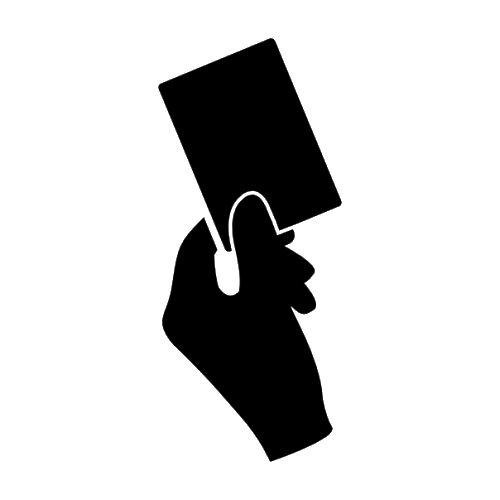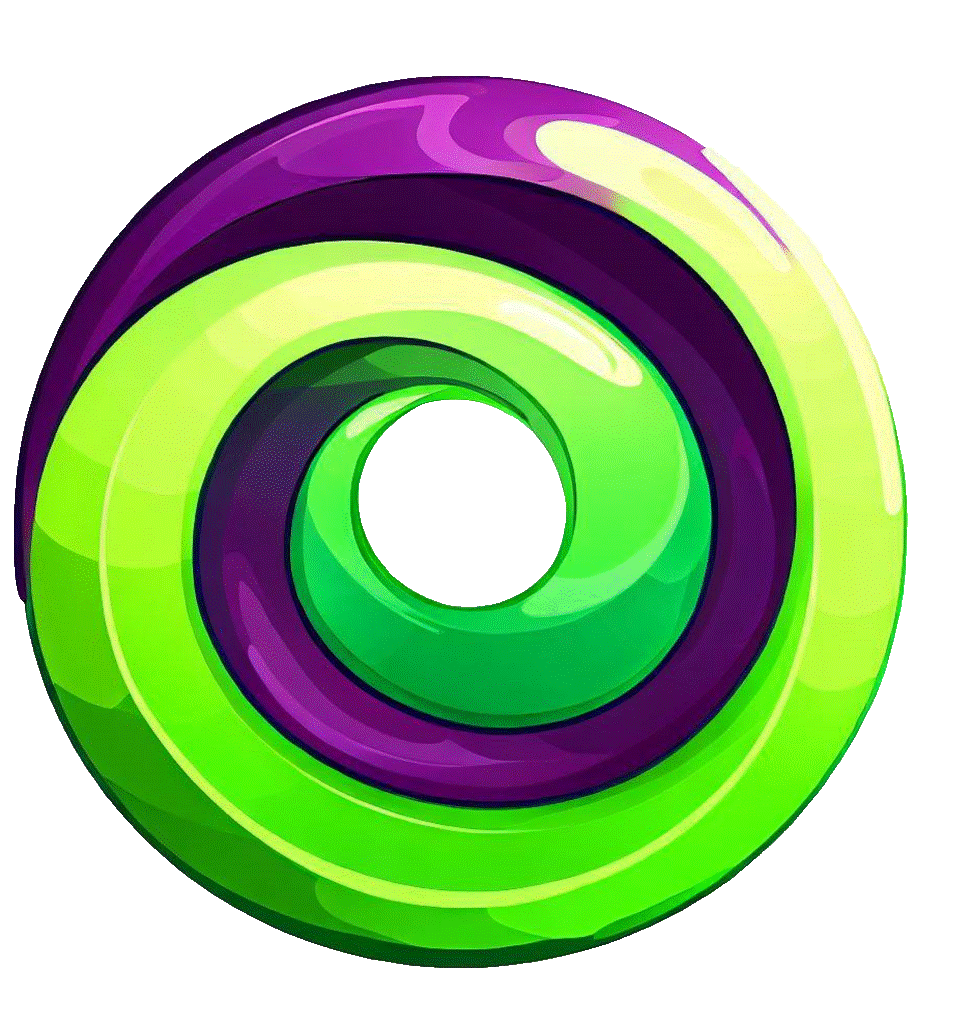User Guide
In each lesson you will find the following activities
1.Watch the Video!
2. Listen to the Audio!
6. Practise with the Resources!
3. Check your Memory!
4. Play the Games!
5. Test yourself!
Our Lessons
Each lessons comprises video, audio, digital flip-cards, printable resources, and buttons to add vocabulary to your digital deck.
Games
Memory, Pairs, Froggy Jump, and Unscramble. Learn lingo through the fun of games.
Digital Decks
Our Digital Decks are scientificallty engineered to help you learn quicker and easier. Simply add the cards from the LingoRoom or LingoStream lessons and get practising!

Wordlists
Our wordlists feature flipcards with language words, category, an audio file, and alternative spellings all attached!
LingoLollys
LingoLollys show a User’s level of experience and are displayed in the top left corner:
How to earn LingoLollys
Complete Lessons (+100 XP)
Master cards in your Digital Deck (+50 XP for every correct word)
Complete Daily Goal (+50XP)
Play Games! (20XP for every minute of Gameplay)
Explore the Wordlists! (5XP for every minute reading a Wordlist)
How to lose LingoLollys
Reset Lesson Status (-100 XP)
Forget words in your Digital Deck (-25XP for every incorrect word)
Let your Daily Goal timeout (-10XP)
Daily Goal
Regular practise is important for any kind of learning. Setting a Daily Goal is a great way to motivate yourself (and earn LingoLollys and Medals!)
Medals
Get rewarded for learning language and regularly practising! Your Medal Class depends on two factors - your total amount of LingoLollys AND your total amount of Daily Goal minutes.
For example, you will need 10,000 LingoLollys and 7.5 hours worth of Daily Goal minutes to reach the Bronze Medal Class.
Levels
Advanced:
At the advanced level, you have a high level of proficiency in the language. You can engage in detailed discussions, express opinions, and understand a wide variety of topics. Your vocabulary is extensive, and you can use idiomatic expressions and colloquial language. While there may still be occasional gaps in your understanding, you can navigate the language with confidence.
Intermediate:
As you progress to the intermediate level, you can participate in more complex conversations and express your thoughts more fluently. You have a wider range of vocabulary and can understand different tenses and sentence structures. You may still need to ask for clarification at times, but you're able to communicate effectively. .
Basic:
When you reach the basic level, you can handle simple conversations and express yourself in familiar situations. You have a growing vocabulary and can understand simple sentences. While you still make mistakes, you're becoming more comfortable using the language.
Beginner:
At the beginner level, you're just starting out with the language. You can understand and use some basic phrases and greetings. You may struggle with grammar and vocabulary, but you're eager to learn more and build a foundation.
Fluent:
When you reach the fluent level, you have near-native proficiency in the language. You can understand and express yourself effortlessly in all situations. Your vocabulary is extensive, and you can speak fluently without pausing to search for words. You have a deep understanding of the language's nuances, cultural references, and idiomatic expressions

